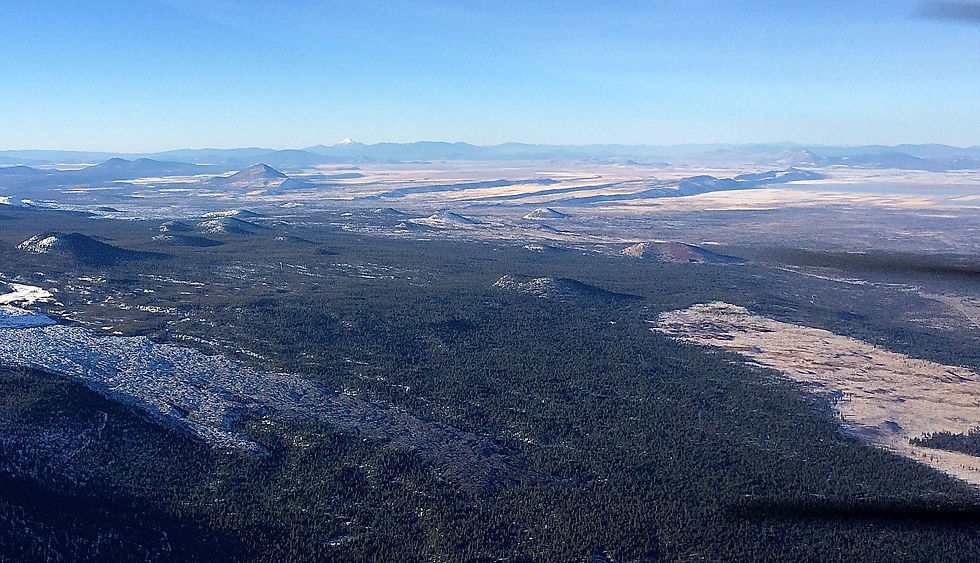Lava Beds
- Gentleman Adventurer's

- Feb 11, 2018
- 2 min read

Lava Beds
By T. Dietz
Having flown a good part of the skies over California, I had yet to explore the northeastern reaches of the State. With a clear outlook I took off in the T206 to investigate, at least by air, one of our Nation’s least visited National Parks, Lava Beds National Monument.

A smooth hour and half (approx.) flight brought me into the northeastern portion of the Cascade Range. We’d been having snow in the higher elevations on the front end of our predicted El Nino weather pattern and mountain tops stood out white in sharp contrast to the green forests.
There was no need to hunt in trying to find the lava flows. They were amazing in their size and the way they blanketed the landscape.
The photos show some of the cinder cones, lava flows and pit craters that exist here. But the park also has examples of spatter cones, lava tube caves, and fumaroles, amongst some of the best examples of textbook volcanic activity. The area has been the site of significant volcanic eruptions for the last half-million years.

In addition the park has examples of glass flows and one of America’s Prisoner of War camps where Japanese Americans were sequestered during WWII.
The lava beds were also the site of the only Indian war (the Modoc War of 1872-73) fought in California. The Modoc Indians held up in a natural lava fortress fighting ten times their numbers in US Army troops for five months. Native American petroglyphs are preserved in the monument.
The fly over was a visual delight and a quick landing in the town of Malin set the stage for another flight to take advantage of the opportunity to explore a few (25 are open for exploration) of the more than 500 lava tube caves.





Comments